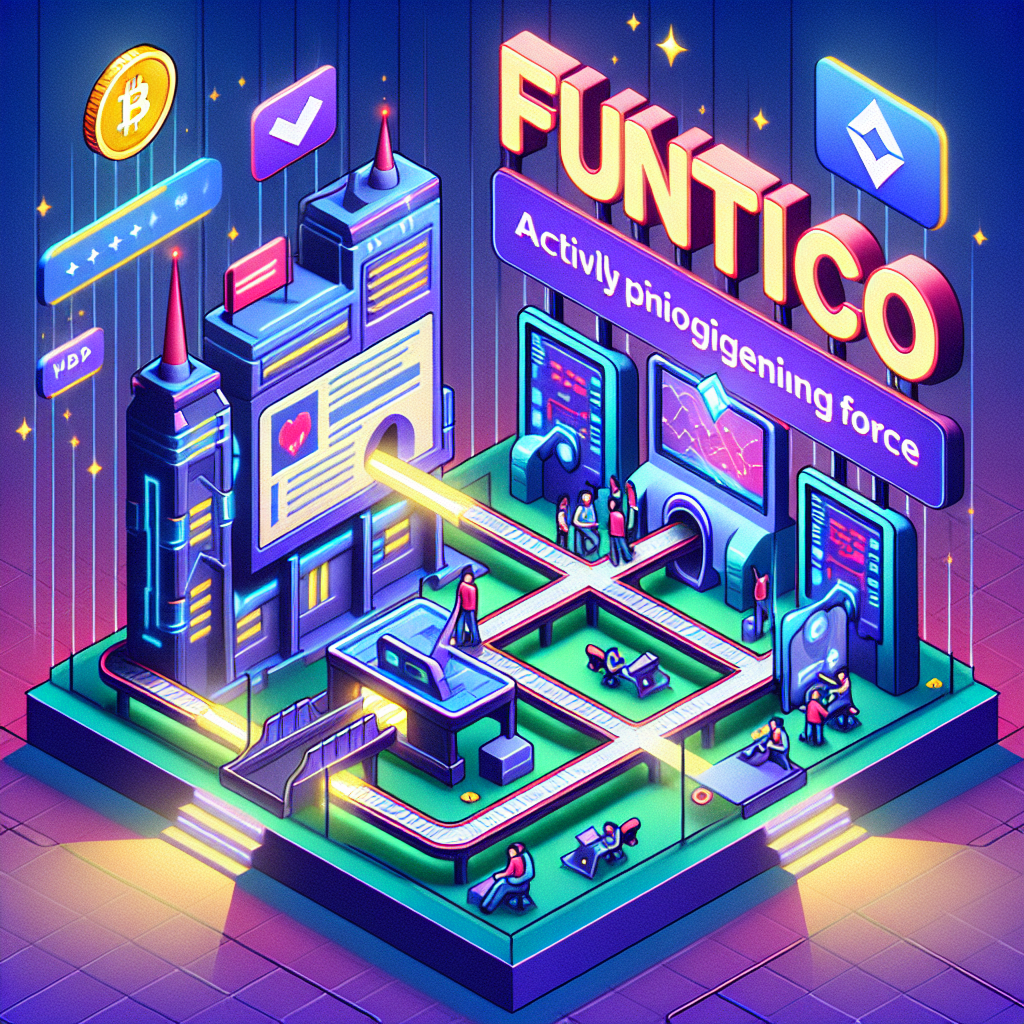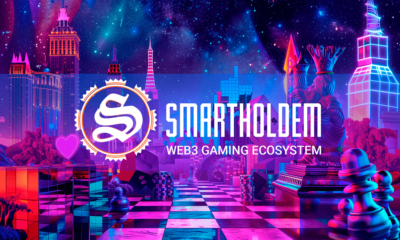Altcoins
Funtico Pioneers: How Improved Infrastructure is Bridging Web2 and Web3 Gaming

Doron Wesly, the Chief Commercial Officer at Funtico, has highlighted a critical shift in focus within the burgeoning Web3 gaming industry. According to Wesly, early ventures in Web3 gaming faced significant challenges primarily due to inadequate infrastructure. These foundational hurdles made it difficult for these next-generation games to hold their ground against more established Web2 games. However, Wesly reveals that the industry is now undergoing a transformation, emphasizing the importance of collaboration over competition in order to achieve sustainable growth and success.
Web3 games, which are built on blockchain technology, offer innovations such as decentralized ownership, play-to-earn models, and enhanced player agency. Despite these advantages, they initially struggled to gain a foothold due to technological constraints and a lack of mature systems to support the complex needs of these platforms. The infrastructure inadequacies meant that Web3 games could not deliver the seamless user experiences that players had come to expect from traditional Web2 games. This gap in performance and reliability was a significant barrier to entry and growth for early Web3 projects.
Recognizing these challenges, industry leaders like Wesly advocate for a paradigm shift from competition to collaboration between Web2 and Web3 entities. By leveraging the strengths of both sectors, the gaming industry can create a more robust ecosystem that blends the proven infrastructure of Web2 with the innovative potentials of Web3. This collaborative approach not only enhances the gaming experience but also accelerates the development and adoption of blockchain-based technologies by drawing on the expertise and resources from both sides.
The strategic integration of Web2’s established systems with Web3’s novel blockchain applications is seen as a pivotal step forward. Such integration can lead to shared learning, resource pooling, and mutual growth opportunities. For instance, Web2 companies can adopt blockchain elements to offer new features and business models, while Web3 companies can benefit from the technological maturity and user base of existing Web2 platforms. This synergy has the potential to catalyze the evolution of gaming into a more inclusive and innovative space.
Moreover, the emphasis on collaboration is not just limited to technology exchange. It also extends to the development of regulatory frameworks, community building, and the creation of shared standards that can facilitate interoperability between different platforms. Developing common protocols and fostering a spirit of cooperation can reduce friction and create a seamless transition for users migrating between Web2 and Web3 environments. As a result, players can enjoy a richer and more diverse gaming experience without the hindrance of technological or community barriers.
The shift towards collaboration is being reflected in various industry initiatives and partnerships already underway. Companies are increasingly forming alliances, launching joint ventures, and engaging in cross-platform projects that seek to blend the best of both worlds. These initiatives are paving the way for an integrated gaming landscape where innovations can thrive, and users can benefit from cutting-edge gaming experiences without sacrificing the reliability and performance they have come to expect.
Doron Wesly’s insights into the evolving dynamics of the gaming industry underscore a future where the lines between Web2 and Web3 are increasingly blurred. By embracing collaboration, the industry can overcome the initial shortcomings that hindered Web3’s early growth, setting the stage for a new era of gaming that is both technologically advanced and widely accessible. As this trend continues, it is likely that the gaming industry will witness unprecedented growth and transformation, driven by the confluence of emerging technologies and strategic partnerships.
-

 Press Releases1 year ago
Press Releases1 year agoGaming Technologies of the New Time!
-

 Altcoins8 months ago
Altcoins8 months agoBitcoin Declines Below $80K: deVere CEO Nigel Green Remains Bullish on Long-Term Outlook Following Strategic U.S. Bitcoin Reserve Announcement
-

 Bitcoin1 year ago
Bitcoin1 year agoBitcoin Surges Past $64K as SEI and POPCAT Lead Daily Crypto Gains on September 25
-

 Altcoins8 months ago
Altcoins8 months agoCalls for Enhanced Discussion on Bitcoin as Brazil’s Reserve Asset: A Move Towards ‘Internet’s Gold’
-

 Press Releases1 year ago
Press Releases1 year agoEvo Exchange: Redefining the Decentralized Exchange Landscape
-

 Bitcoin4 months ago
Bitcoin4 months agoGrayscale Investments Submits Draft Registration for IPO, Aiming for Public Trading in U.S.
-

 Press Releases1 year ago
Press Releases1 year agoCODE, a Newly Born Project Brings Decentralization Back to the Main Menu
-

 Bitcoin4 months ago
Bitcoin4 months agoBitcoin Surges to New Highs as CZ Encourages Investors to ‘Buy the Dip’ Amidst Anticipated Price Volatility




